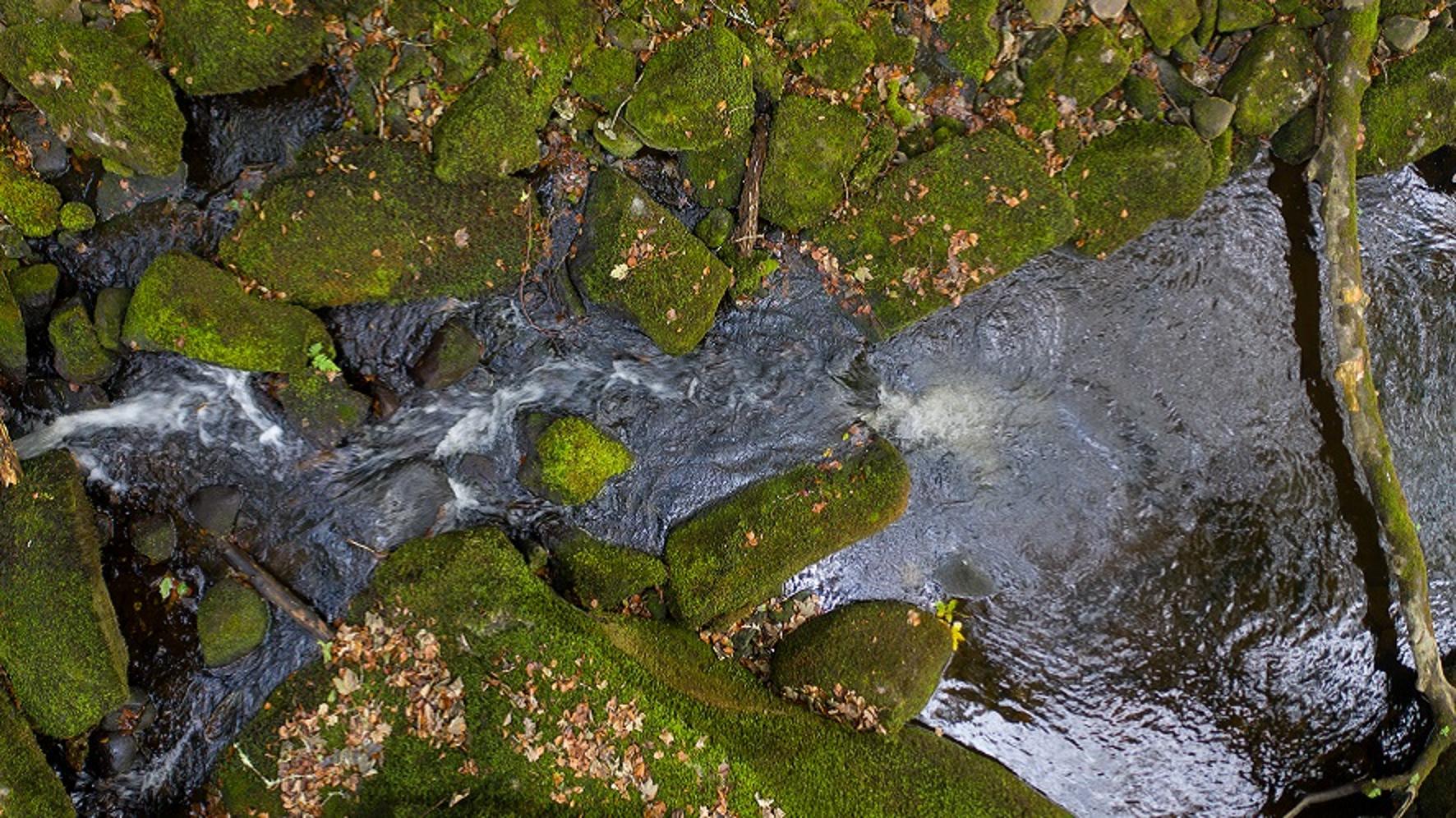South West Water’s Managing Director for Water Services, David Harris, explains where our drinking water is taken from and how we are planning to secure future water resources.
As the sole provider of water across the South West it is our job to capture, store, transport and treat water to provide our customers with the best quality drinking water while protecting the natural environment.
To do that we need to interact with the natural water cycle to take water from the environment and turn it into the 490 million litres of drinking water we supply to our customers on average every day.
It is often thought that we take all our water directly from reservoirs but most of the time this is not the case. We have 23 reservoirs in our region and while some of the water we treat is taken directly from these, the majority of water that goes to our treatment works comes from our rivers.
Across Devon and Cornwall there are approximately 4,435 miles of river, which is about the distance between London and Miami. Most of the water we treat is taken directly from these rivers and pumped to our 37 water treatment works across the region.
From here it is treated to the highest standards to make it safe to drink and transported across our 25,000 kilometres of drinking water pipes to your homes and businesses.
We work with the Environment Agency to understand how much water we can take from rivers, while making sure we protect the environment and local wildlife. Some of the water we take from rivers is supported by releasing water from our reservoirs further upstream.
When it rains, water seeps into the ground in some areas and is held within the rocks in the form of springs and boreholes. This is called groundwater and in some parts of our region we can treat this water too. Like rivers and reservoirs, groundwater supplies are dependent on rainfall to replenish them.
On the Isles of Scilly, where the population grows rapidly over the drier summer months, we cannot store enough rainwater to meet this demand all year round.
Here we use a combination of groundwater boreholes and desalination, which is a process that removes the salt from seawater so it is safe to drink.
Boosting our water resources across the region
Across our region we are working hard to protect our supplies and break the cycle of drought. We have done this by repurposing disused quarries in Cornwall so they can be used as new sources of raw water and investing in desalination as a climate-independent source of water. In 2023 we also built a new river abstraction in Devon where we can pump water to Roadford Reservoir each year and to support us during times of drought.
We set the target of increasing the amount of water available in Cornwall by around 45% and in Devon by around 30% by 2025. We are making great progress and we have already reached our target in Devon, while boosting supplies by 35% in Cornwall so far.
As well as increasing the supply available, we have been reducing demand by finding and fixing more leaks than ever before and supporting customers and visitors to our region in reducing water use.
Planning for the longer term
In the face of a changing climate and growing population it is not just vital to plan for today but we must look much further ahead so we are prepared for whatever challenges we may face long into the future.
In addition to changes to our weather patterns, with longer periods of dry weather mixed with intense and heavy periods of rainfall, we know that our population is increasing. By 2050 there could be up to 300,000 more people living and working in our region, requiring an extra 30 million litres of drinking water each day.
To address these challenges, all water companies are required to prepare and maintain a Water Resources Management Plan which sets out how we plan to manage our water over the next 25 years.
Our plan shows how we will make sure there is a secure, sufficient and safe supply of water for our customers and businesses long into the future, and that the environment and the wildlife that live here are not just protected, but can thrive.
